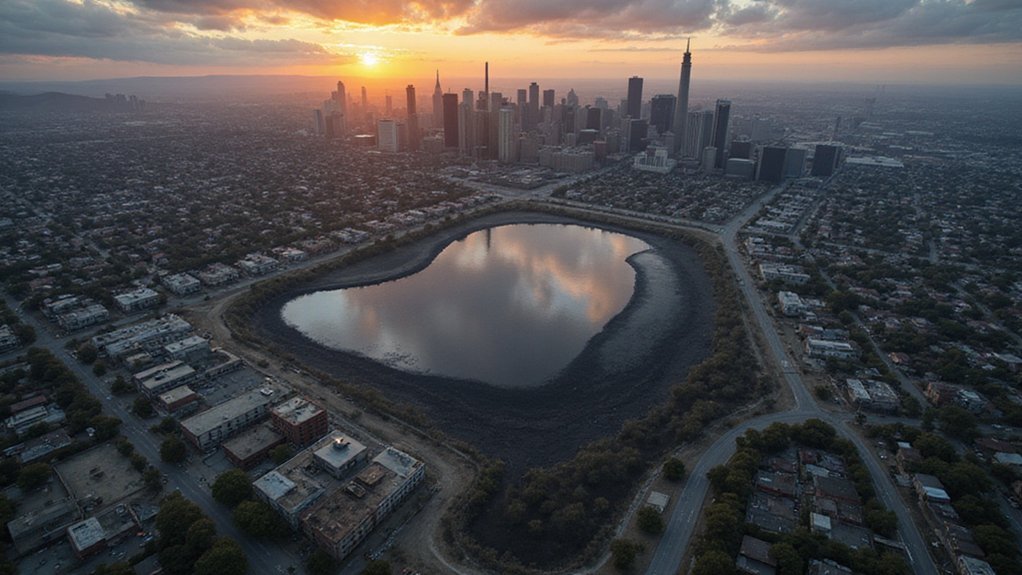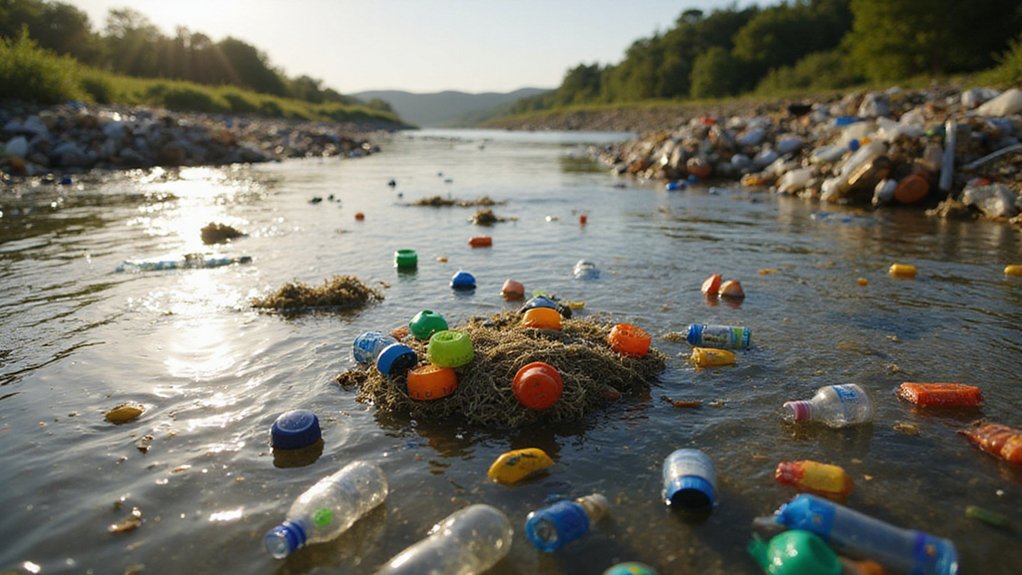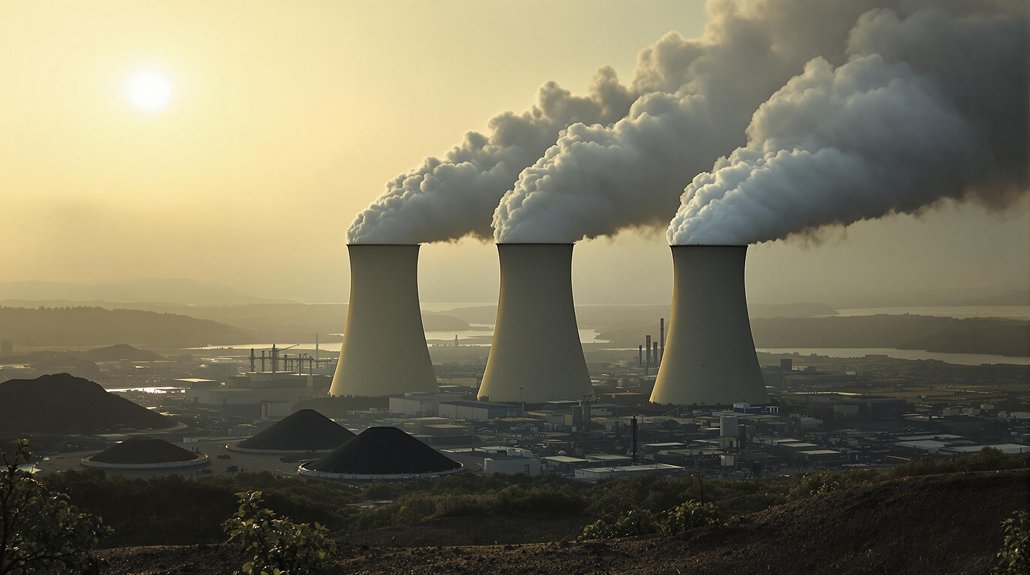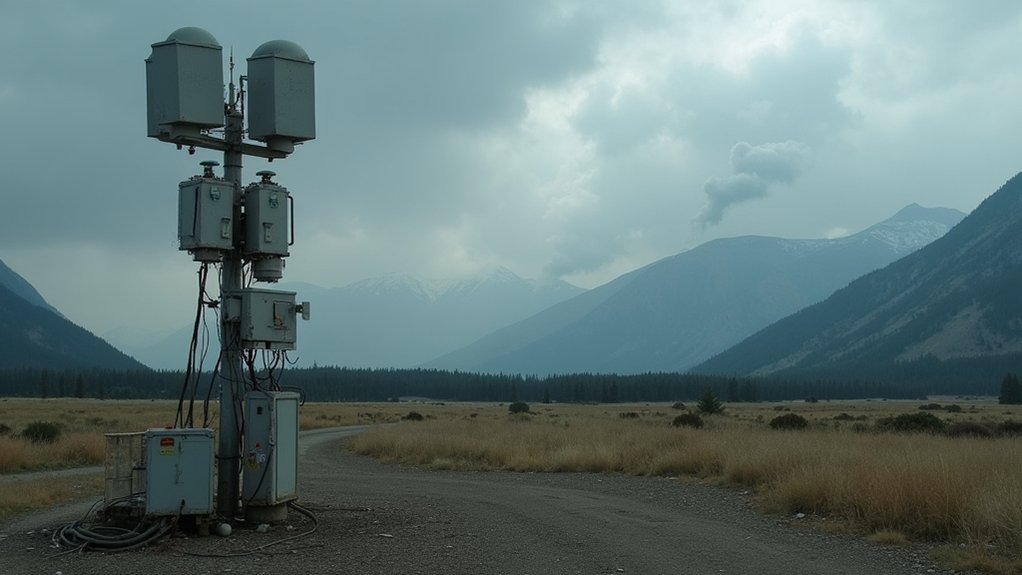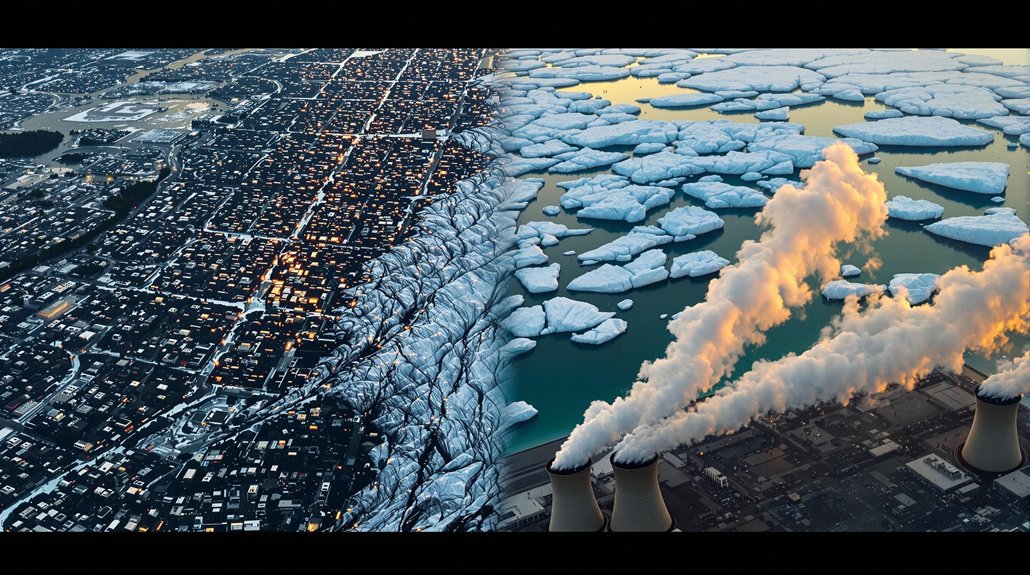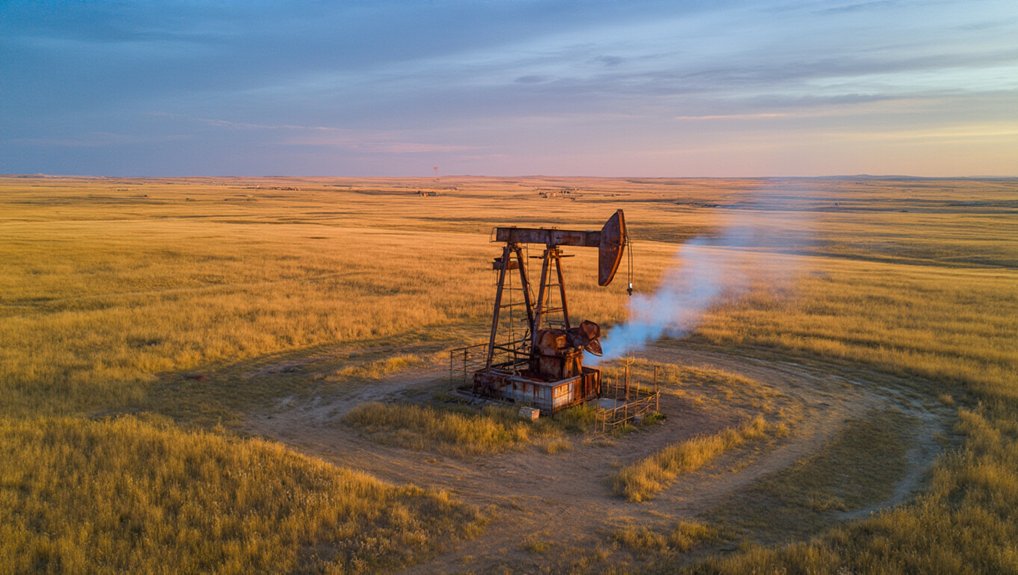As Los Angeles residents go about their daily lives, a hidden danger lurks beneath the city’s bustling streets and towering skyscrapers. Thousands of oil wells, many disguised or abandoned, sit under LA’s neighborhoods, businesses, and shopping centers. These wells are part of extensive oil fields that once made California a top producer.
The Los Angeles City Oil Field once covered 780 acres north of downtown. Today, almost all visible signs of oil production have vanished, yet the underground infrastructure remains. Only one active well was still operating as of 2011, while countless others lie dormant beneath the surface. The field once produced over 1.8 million barrels in its peak year of 1901 with approximately 1,150 active wells operating simultaneously.
Oil companies have gone to great lengths to hide their operations. Some wells are concealed inside windowless “office buildings” or behind high walls. At the Beverly Center and La Cienega, up to 40 wells operate on single pads, hidden from public view. Even the Veterans Administration land in West LA contains up to 18 wells that most people never notice.
Oil giants hide in plain sight, operating behind false facades and windowless buildings throughout Los Angeles neighborhoods.
The risk grows as companies like Phillips 66 abandon their operations. When wells are improperly plugged or left orphaned, they can leak dangerous gases. In 1985, methane from underground oil fields caused an explosion at a Ross Dress for Less store, highlighting these hidden dangers.
Health concerns mount as studies link proximity to oil extraction with respiratory problems and cancer. The wells release volatile organic compounds, methane, and hydrogen sulfide that affect air quality. Soil and groundwater contamination has been found near some urban oil fields.
Low-income communities and people of color often live closest to these sites, bearing the greatest health burden. Los Angeles contains the most urban oil fields in the entire United States, with over 3,700 derricks scattered throughout the metropolitan area. Meanwhile, regulatory agencies struggle to monitor thousands of wells, many with incomplete records.
Natural disasters pose additional threats. Earthquakes or wildfires could damage aging oil infrastructure, releasing contaminants into neighborhoods. As companies continue to exit urban operations, questions remain about who will take responsibility for the potential environmental catastrophe brewing beneath LA’s surface.
References
- https://en.wikipedia.org/wiki/Los_Angeles_City_Oil_Field
- https://blogs.getty.edu/iris/subterranean-l-a-the-urban-oil-fields/
- https://www.earthisland.org/journal/index.php/magazine/entry/la_underground/
- https://en.wikipedia.org/wiki/Aliso_Canyon_Oil_Field
- https://www.noemamag.com/its-oil-that-makes-la-boil
